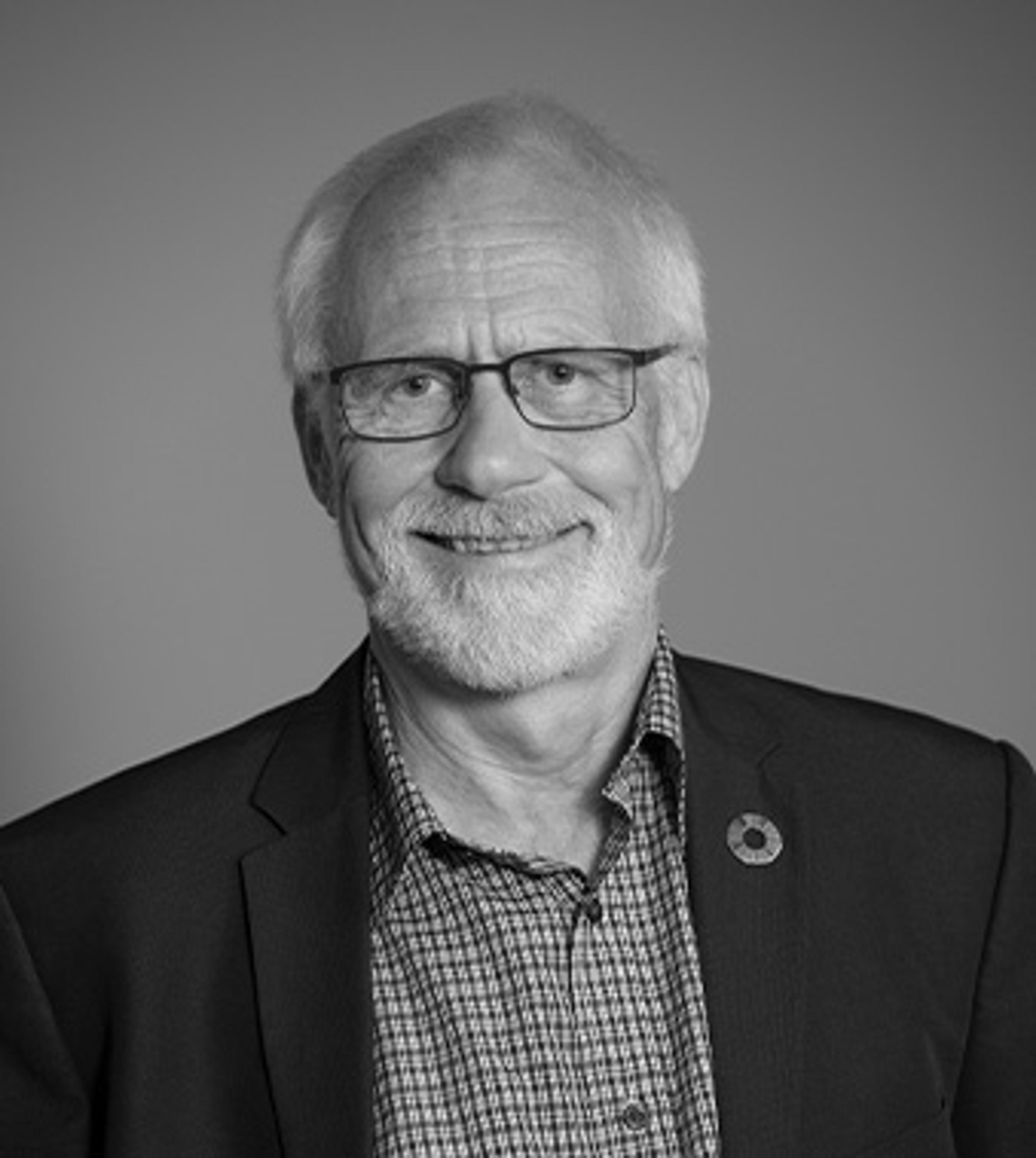A simulation framework for developing energy storage in stones
Facts
Category
Project period
Total budget
800,000 kr.Support amount
400,000 kr.Partners
Stiesdal Storage Technologies A/S
Energy Cluster Denmark
About the project
Challenge
This project focuses on storing electrical energy in thermal form. In the GridScale system, electrical energy is converted into heat, which is then stored in crushed stones, such as basalt. Unlike energy storage in chemical batteries, storage in stones is extremely inexpensive, does not require special or limited materials, is not chemically hazardous, and is easy to install and scale in size. While conventional batteries typically cost 200 Euros per kWh, stone storage costs around 10 Euros per kWh.
In short, thermal storage in stones works by heating air with surplus electricity and sending it through the stones in the storage using a compressor. During periods of energy shortage, the process is reversed, and energy is extracted from the stones and converted back into electricity.
Solution
The purpose of the project is to create a better understanding of the cold tunnel phenomenon described above. The project investigates how a range of different parameters affect the phenomenon. This includes both design-specific parameters (e.g., stone size and storage tank) that can be adjusted during the design phase, as well as operational parameters (e.g., discharge rates and pressurization of the storage) that relate to the operation of the energy storage system. This knowledge can be directly applied by Stiesdal Storage Technologies to optimize their thermal storage systems, ensuring maximum energy efficiency and increased competitiveness. All of this is necessary to ensure a continuously growing share of renewable energy sources with fluctuating production in our power grid.
The project is co-financed by the Ministry of Education and Research.
Impact
The understanding of the cold tunnel phenomenon achieved through this project provides an improved understanding of how the storage should be designed and operated. The next logical step towards high efficiency is to optimize the operation and its interaction with the rest of the electricity system, of which the storage is a part. This project should therefore be seen as a pre-project, where the next step is to include a larger consortium that represents several aspects of the overall electricity system and to prepare an application for, for example, the Innovation Fund's Grand Solutions or EUDP.
Want to learn more?

Hans Jørgen Brodersen
Senior Project Manager
Innovation projectsAalborg+45 2688 0228hjb@energycluster.dkSkibsbyggerivej 5, 3. sal.
9000 Aalborg
Navitas
Inge Lehmanns Gade 10
8000 Aarhus C
House of Offshore Innovation
Kanalen 1
6700 Esbjerg
Port House
Vendersgade 74
7000 Fredericia
BLOXHub
Bloxhub, Bryghusgade 8, 3. sal,
1474 København K
Energy Cluster Denmark
Nørre Havnegade 43
6400 Sønderborg
©Energy Cluster Denmark 2025